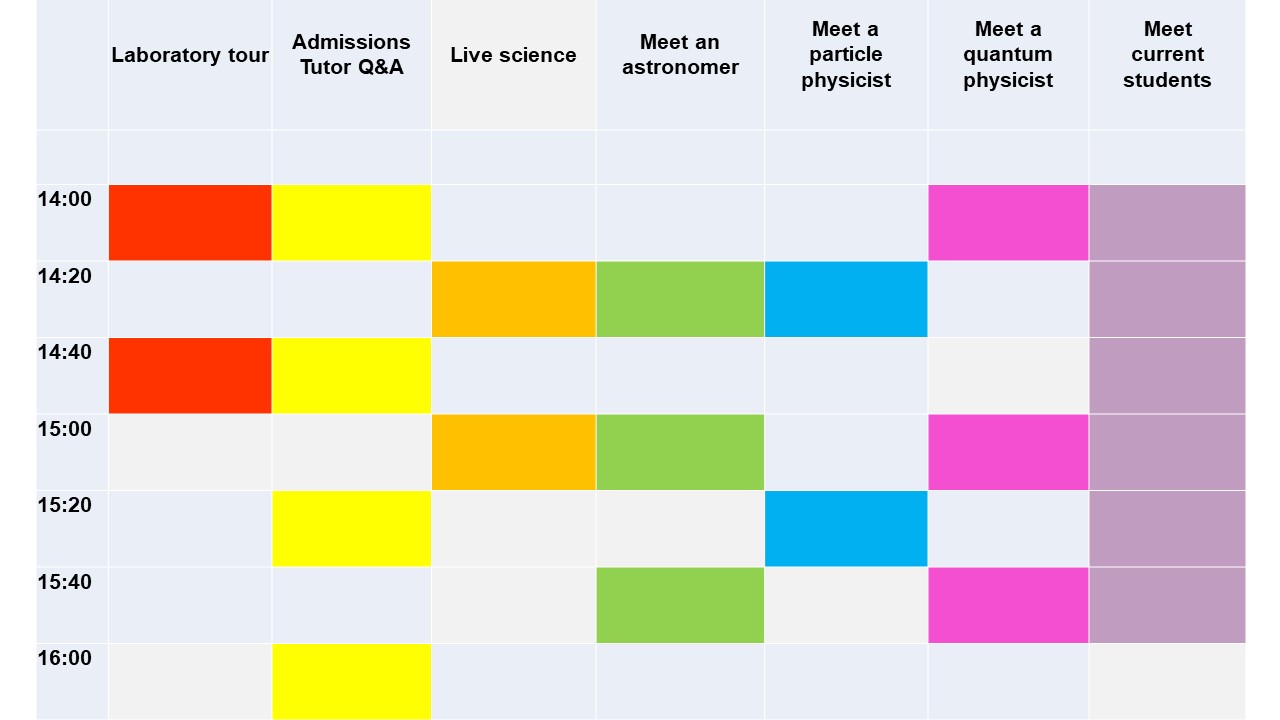Imaging experts from the University of Southampton are supporting the development of an ultra-low noise camera designed for applications in optical astronomy and medical imaging.
Researchers in Physics and Astronomy are collaborating with Complementary Metal Oxide Semiconductor (CMOS) sensor specialists at vivaMOS to optimise the technology for large-area imaging.
The project, which is funded by the national SPRINT (SPace Research and Innovation Network for Technology) business support programme, will exploit the low noise and high sensitivity capabilities of the vivaMOS sensor, which are unique in the market.
This will enable the development of a large field-of-view camera that can be used in optical astronomy, with further potential opportunities for detectors in the medical field of single-photon emission computerised tomography (SPECT) imaging.
Professor Tony Bird, of the Southampton Astronomy Group, says: "To this project with vivaMOS, we bring a background in astronomy, with particular experience in optical astronomy and astronomy detection integration, a focus on software and algorithms, and a strong interest in improving astronomy instruments.
"Local links are very important and it's great to be working with a local company such as vivaMOS. The field is impactful for our research and with several former Southampton University students now at vivaMOS, it’s also a strong platform from a teaching point of view."
Read the full story on the main news page.

